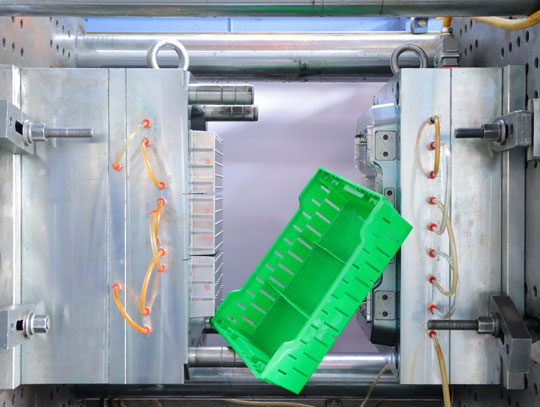Injection Molding
(2023年07月01日)https://www.key-plast.com/injection-molding/
Plastic Injection Molding Supplies
Plastic industrial molding supplies is a method of making plastic products. The molten plastic is injected into the mold by pressure, and then cooled and molded to obtain various plastic parts. There are mechanical injection molding machines dedicated to plastic molding supplies. The most commonly used plastics are polyethylene, polypropylene, ABS, PA, polystyrene, etc.
Custom injection molding supplies
When considering custom injection molding, it's of great importance to assess the complexity level of your project and let that dictate the customization level you need not only from the injection mold toolings themselves, but from front-to-back in working with molders.
Custom injection moulding depends on multiple scientific methods, analytical tools and injection moulding process technology in order to meet the precision and performance requirements for complex plastic components and applications. Although faster time to market is a definite consideration for custom injection molding projects, it isn't pursued at the cost of part design, injection moulding material selection, mold design and injection moulding process control. In order to achieve product design and end-use goal accurately, custom injection molders will use these key product development stages to inform choices about the appropriate injection moulding process step by step such as scientific molding, insert molding, multi-shot molding, overmolding, etc.
What Is Injection Moulding Used For?
Injection moulding application: Injection molding involves injecting hot, molten plastic material into a mold, which is then cooled and solidified to form the product. Injection moulding method is suitable for the mass production of complex products, especially in the field of plastic processing that occupies a large proportion.
Injection Molding Process Steps
Step 1: The tool closes and resin pellets are fed from a hopper into the barrel, which signifies the start of the injection moulding process steps.
Step 2: The screw rotates to auger the pellets forward toward the tool and resulting friction plus barrel heaters make pellets melt. The screw is pushed forward and injects the material at the force and speed necessary to properly fill the tool cavity.
Step 3: After the tool cavity is filled, the resin must be allowed to cool.
Step 4: When the injection moulding plastic part is cooling within the tool, the screw retracts and reloads with melt in order to prepare for the next injection.
Step 5: As long as the molded material reaches its ideal ejection temperature, the tool opens and the part is pushed out by the forward motion of the ejector rod and pins.
Injection Moulding Material
ABS(abs molding): One thermoplastic created by the material of emulsion, with a relatively low melting temperature, and resistant to corrosive chemicals.
Common Application: Enclosures.
Acetal(POM/Delrin): One thermoplastic which is resistant to liquid absorption and chemicals and used to be injection molded.
Common Application: Bearings, bushings, dispensing components.
Acrylic(PMMA): One transparent polymer with excellent tensile, bending strength, less cost and comparable properties to polycarbonate.
Common Application: Clear enclosures, light pipes and LED lights.
If you are looking for a reliable China injection mold supplier, don't hesitate to contact us!

- このできごとのURL:


コメント